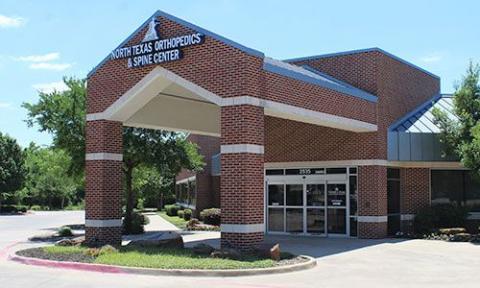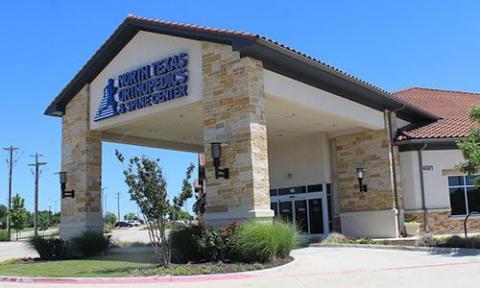A fracture of the hand, specifically a metacarpal fracture, is a common injury that involves a break in one or more of the five long bones that connect your wrist to your fingers. These bones, known as metacarpal bones, play a crucial role in hand movement, strength, and dexterity. Whether the fracture is nondisplaced (where the bones remain aligned) or displaced (where the fractured ends shift out of alignment), prompt diagnosis and treatment are essential. Without proper care, the bones may not heal correctly, leading to improper alignment of the fingers and reduced hand function. In this blog post, we’ll explore the causes, symptoms, and treatment options for metacarpal fractures.

The metacarpal bones are located in the hand between the wrist and the fingers. These bones allow for the intricate movements and gripping abilities that are essential for daily activities. A metacarpal fracture occurs when one or more of these bones break due to trauma, overuse, or repetitive stress.
Metacarpal fractures can be classified as:
If left untreated, a displaced fracture may heal improperly, resulting in poor hand function and long-term issues with grip strength, range of motion, and finger alignment.
Several scenarios can lead to a fracture of the hand, including:
The symptoms of a metacarpal fracture can vary depending on the severity of the injury but may include:
If you suspect a metacarpal fracture, it’s important to seek medical attention promptly to avoid complications.
To diagnose a metacarpal fracture, a healthcare provider will typically begin with a physical examination to assess tenderness, swelling, and deformity in the hand. Imaging tests such as X-rays are commonly used to confirm the fracture, determine its location, and assess whether it is displaced or nondisplaced.
The treatment for a fracture of the hand depends on the severity and type of the fracture. Common treatment options include:
In cases of displaced fractures or fractures that involve multiple bones:
The recovery time for a metacarpal fracture varies based on the severity of the injury and the type of treatment required. Most nondisplaced fractures heal within 6 to 8 weeks, while more severe injuries or those requiring surgery may take longer.
Rehabilitation plays a crucial role in regaining strength, mobility, and hand function after the initial healing period. A physical therapist may recommend exercises to:
It’s important to follow your doctor’s advice and avoid using the hand prematurely, as this could lead to improper healing or reinjury.
Without proper treatment, metacarpal fractures can lead to several complications, including:
Seeking timely treatment and following through with rehabilitation are essential for avoiding these complications.
While it’s impossible to prevent all injuries, you can reduce the risk of metacarpal fractures by:
A fracture of the hand (metacarpal fracture) is a serious injury that can significantly impact hand function if not treated properly. Whether the fracture is nondisplaced or displaced, early diagnosis and appropriate treatment are crucial to ensure the bones heal correctly and maintain proper alignment of the fingers. If you suspect a metacarpal fracture, consult a healthcare professional immediately to explore the best treatment options for your recovery. With proper care and rehabilitation, most people can regain full use of their hand and resume normal activities.
See why our patients love our physicians, quality of care, and amazing results.
*Based on Independent Market Research


© 2024, North Texas Orthopedics & Spine CENTER. All rights reserved.